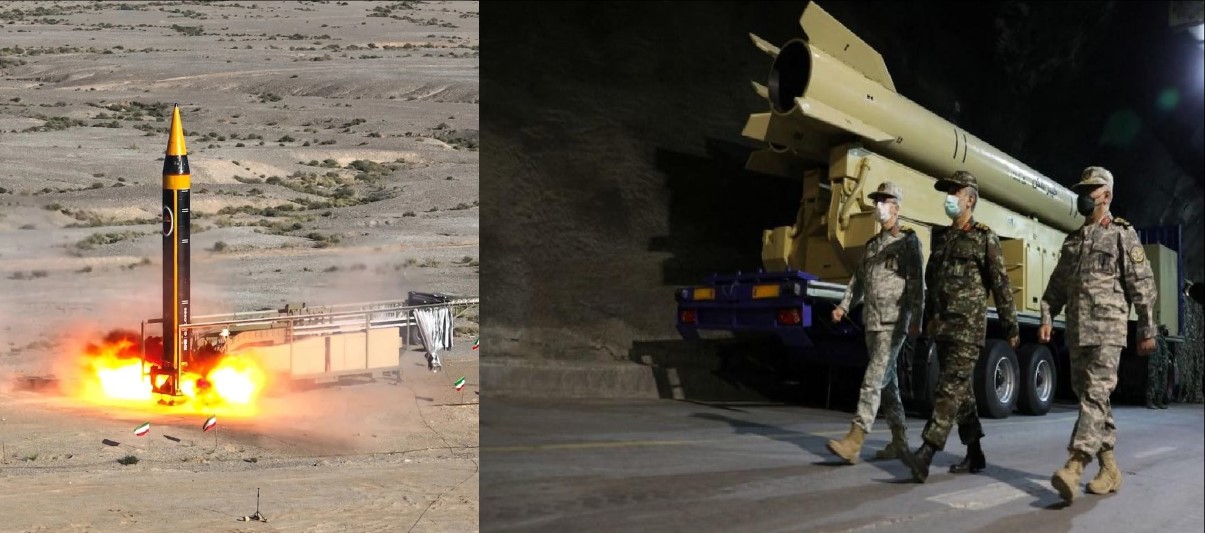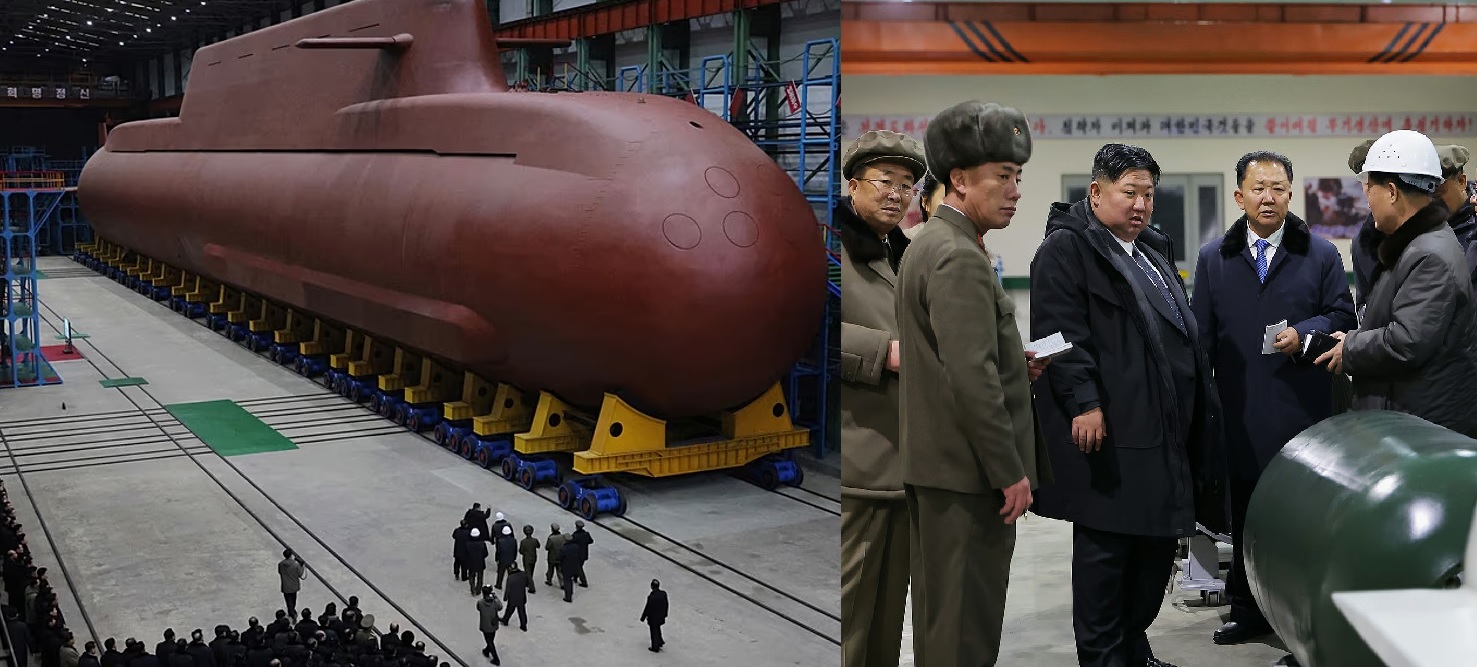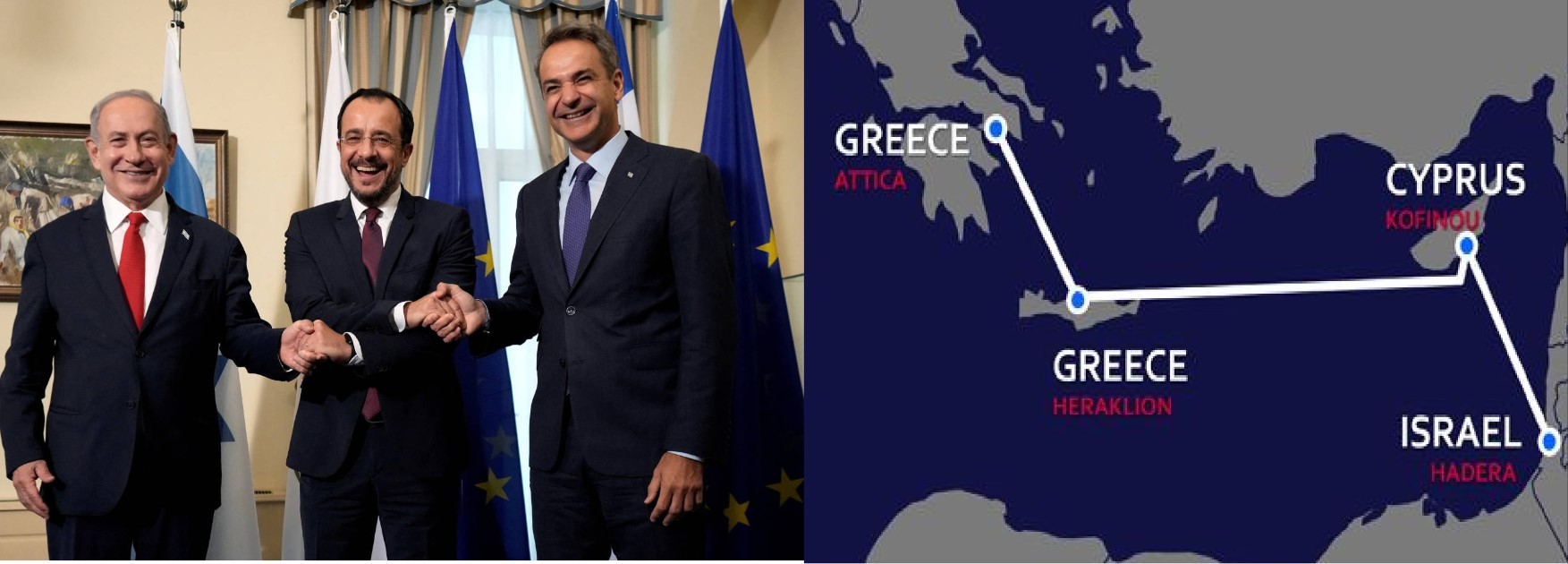Iran Claims to Have Developed 10,000 km Range Missile That Can Reach the U.S. Mainland

Iran has once again drawn the world’s attention — this time not through rhetoric or regional posturing, but through a dramatic leap in missile capability. Officials in Tehran have claimed that a new intercontinental ballistic missile (ICBM), boasting a range of up to 10,000 kilometers, is nearing operational readiness. If confirmed, the development would mark a seismic shift in the balance of power — one that extends Iran’s reach far beyond the Middle East.
A Leap From Regional Power to Global Reach
For decades, Iran’s missile program was seen as a regional deterrent, designed to hold U.S. bases, Israel, and Gulf nations at risk. Systems such as the Sejjil, Khorramshahr, and Emad provided Iran with ranges between 2,000 and 3,000 km — enough to strike targets across the Middle East and parts of southern Europe.
But the latest claims change everything. A 10,000 km-class missile would allow Iran to reach London, Paris, Berlin, and even New York or Washington D.C., placing the U.S. mainland in potential range for the first time.
Iranian state media, quoting defense sources, suggested that the new missile has completed a “series of successful tests” involving advanced composite materials and high-efficiency liquid fuel engines. Some analysts believe this refers to an evolved variant of the Khorramshahr-4, known for its storable liquid propellant and compact design.
Technical Clues and Strategic Intent
While Iran has not officially revealed images or the name of the missile, early reports describe a two-stage system, possibly incorporating lightweight carbon fiber structures to reduce mass and extend range. Western intelligence agencies are skeptical but acknowledge that Iran’s advances in propulsion and guidance systems — demonstrated through its space launch vehicles like Simorgh and Qaem-100 — could form the technological basis for an ICBM.
Experts point out that the Qaem-100’s solid-fuel engine, capable of lifting payloads into low Earth orbit, could easily be adapted for long-range ballistic purposes. “Iran’s space and missile programs have always been intertwined,” notes a European defense analyst. “What they learn from putting satellites into orbit can be used to send warheads across continents.”
Beyond Bases: Tehran’s Expanding Doctrine
Until now, Iran’s deterrence strategy was built on retaliating against regional adversaries — Israel, U.S. bases in the Gulf, and coalition forces in Iraq or Syria. But the tone in recent statements suggests a broader intent.
In a televised address, an Iranian defense official said, “Those who think they are safe across the ocean should think again. Deterrence has no geography.”
Such remarks hint that Tehran may now be aiming for a global deterrent posture — one designed to dissuade the U.S. from direct military confrontation, particularly amid heightened tensions in the Red Sea, Lebanon, and the Strait of Hormuz.
International Reaction: Caution Turns to Alarm
The United States has yet to confirm the claim, but Pentagon sources reportedly view the development as a “credible trajectory” rather than mere propaganda. NATO officials have also expressed concern, warning that such a system would “fundamentally alter Europe’s threat landscape.”
Israel, meanwhile, has remained characteristically silent but is believed to be monitoring Iran’s missile facilities closely, including Semnan and Imam Khomeini Spaceport, where long-range rocket testing is suspected to take place.
Russia and China, while maintaining ties with Tehran, are unlikely to endorse an openly deployed Iranian ICBM, which could complicate their own global arms control narratives.
The Bigger Picture: A New Chapter in Missile Proliferation
If Iran successfully fields a 10,000 km missile, it would join an elite club of nations — the U.S., Russia, China, North Korea, and India — capable of striking intercontinental targets. Such a leap would not only threaten adversaries but also reshape global non-proliferation efforts, already strained by North Korea’s rapid advancements.
Some experts suspect Iran may have conducted covert engine testing using North Korean technology, a cooperation long rumored but never proven. Others point to indigenous development, given Iran’s recent record of complex aerospace achievements despite decades of sanctions.
Whether this ICBM truly exists or is part of a strategic psychological campaign, one thing is clear — Tehran wants the world to believe it now has global reach. That perception alone could alter diplomatic equations, military planning, and deterrence postures across continents.
If Iran indeed moves forward with deployment, the world may soon enter an unfamiliar reality:
a Middle Eastern power capable of striking targets an ocean away.
And that possibility — even before the first launch — might be exactly what Tehran wants.
✍️ This article is written by the team of The Defense News.
Top 3 Latest Posts
Leave a Comment: Don't Wast Time to Posting URLs in Comment Box
2025-11-10 04:21:23
Launching missiles at the west is really stupid and you probably shouldnt do it but ok whatever






